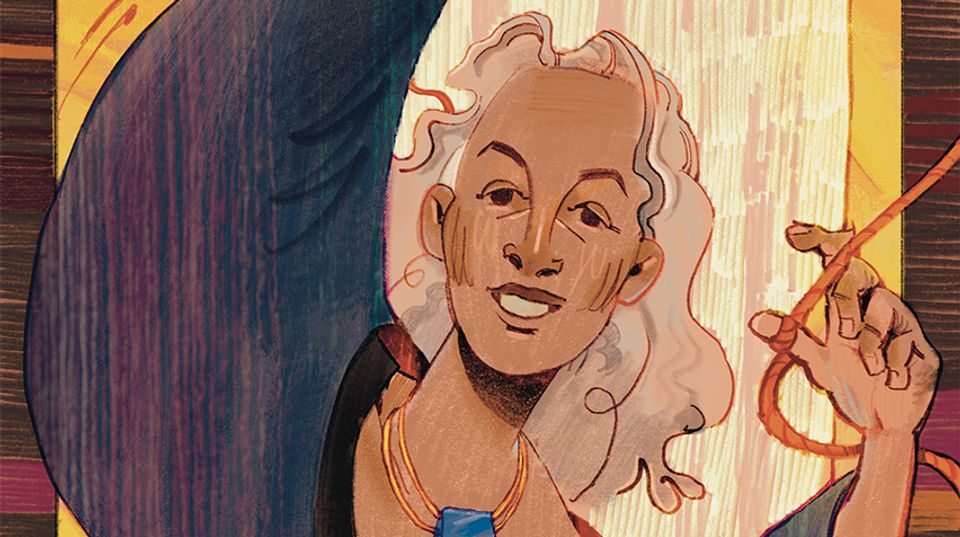

Frank O’Hara was a poet near and dear to my heart. Born in Baltimore in 1926, he died tragically forty years later in an accident on Fire Island. The death of a poet is never a pretty thing, and this one was especially ugly: he was run over by a jeep one evening on the dunes. O’Hara fought in World War II and studied at Harvard when he returned. And like any good poet of his time—or any time, really—he headed to New York City to make a name for himself in both the literary and art worlds, and became seminal to both. He was a fixture on the abstract expressionist scene and put in his share of late nights at the Cedar Tavern in Greenwich Village. He worked as a curator at MOMA (though he began his museum life at MOMA as an information clerk) and wrote a book called Lunch Poems about the things he did and saw during the hour between noon and 1 p.m. (or whenever he took lunch; don’t quote me). He also wrote the best poem about singer Billie Holiday called “The Day Lady Died,” and volumes of poetry including, In Memory of My Feelings. Grace Hartigan was a friend and was inspired to paint an elegy for O’Hara, which hangs at SAAM. His influence is felt throughout.
I was struck by the beauty and simplicity of Don Bachardy’s drawing of O’Hara done in 1965, one year before the poet’s death. The portrait hangs on the north side of the National Portrait Gallery's first floor gallery. It’s graphite and ink wash on paper. Simple, but to me striking—all eyes and cheekbones. Each time I look at it I’m amazed by the fact that Bachardy left the face of O'Hara's watch blank: no hours, no numbers, no hands. And when I walk away from the drawing, that’s what stays with me days, even weeks, later: the image of the poet wearing a watch that holds no time.

















